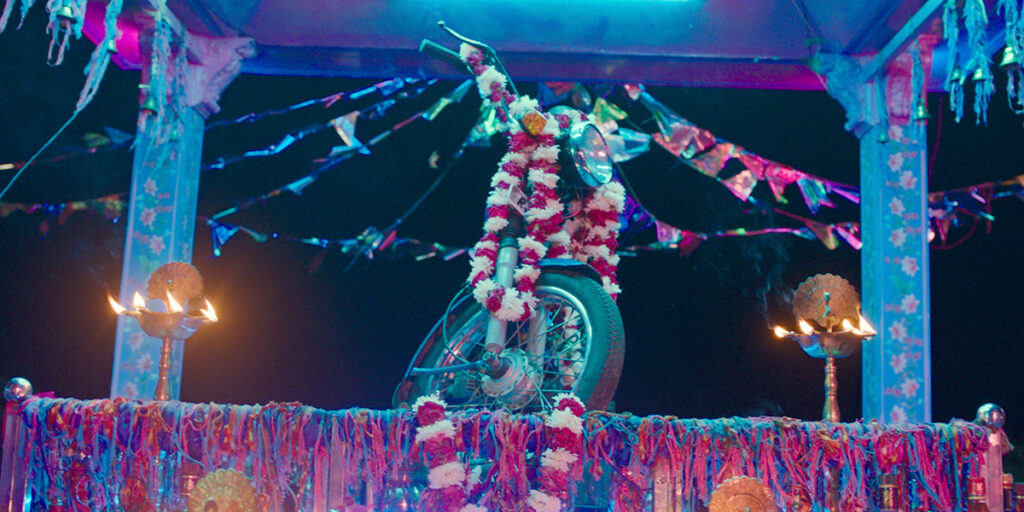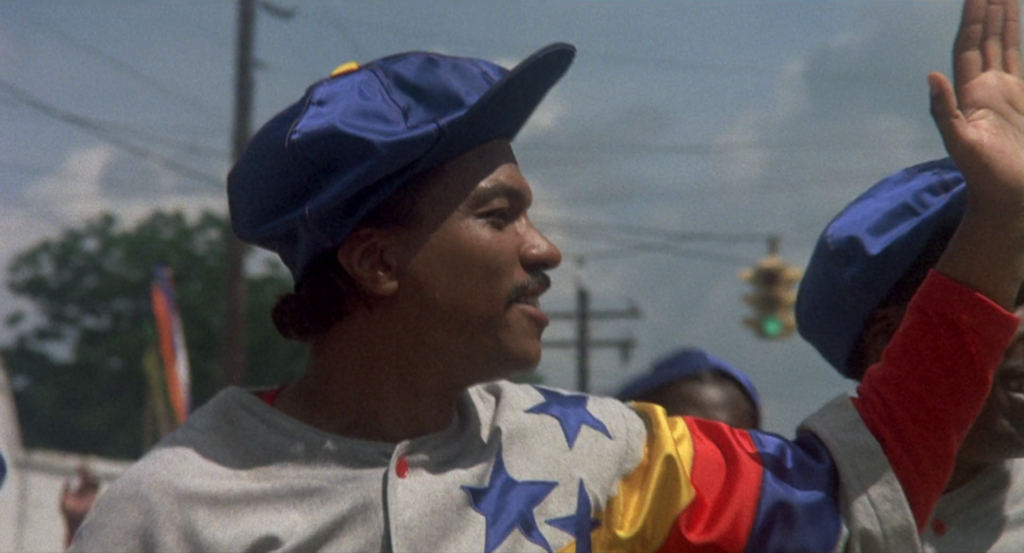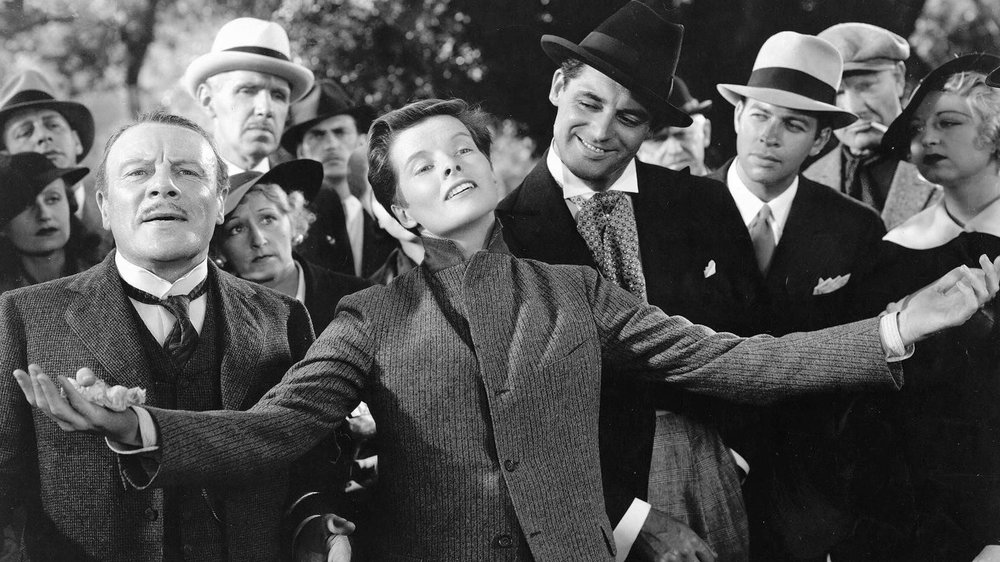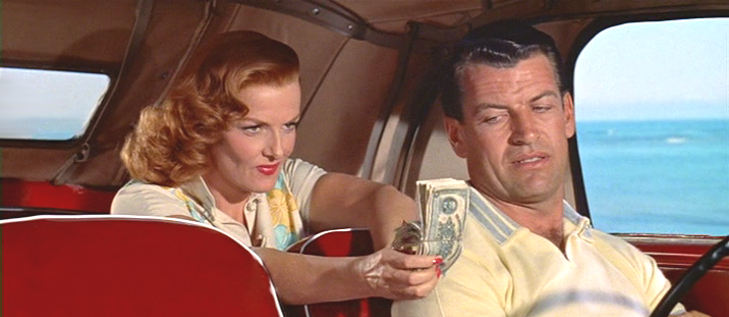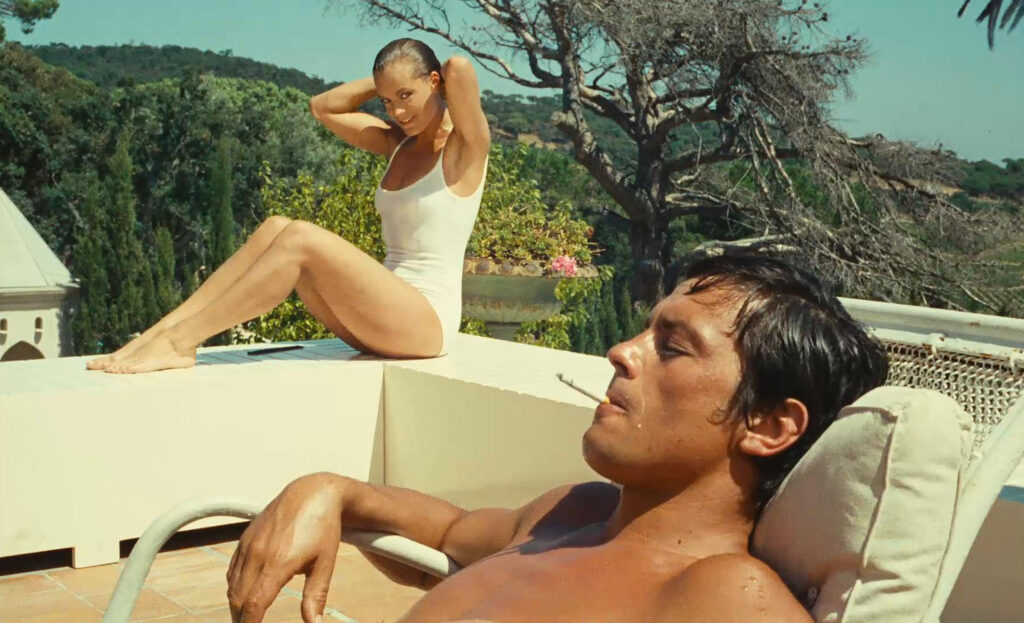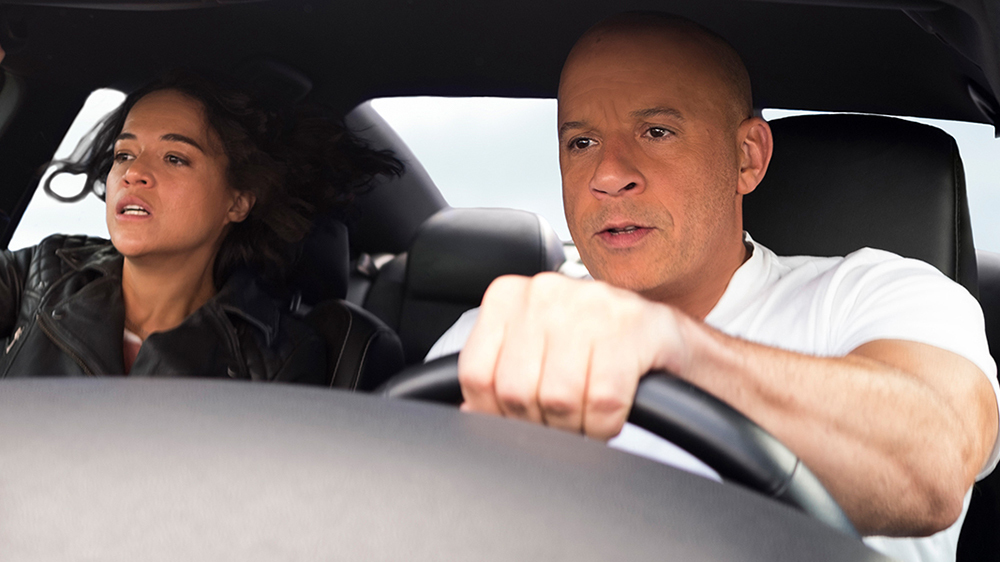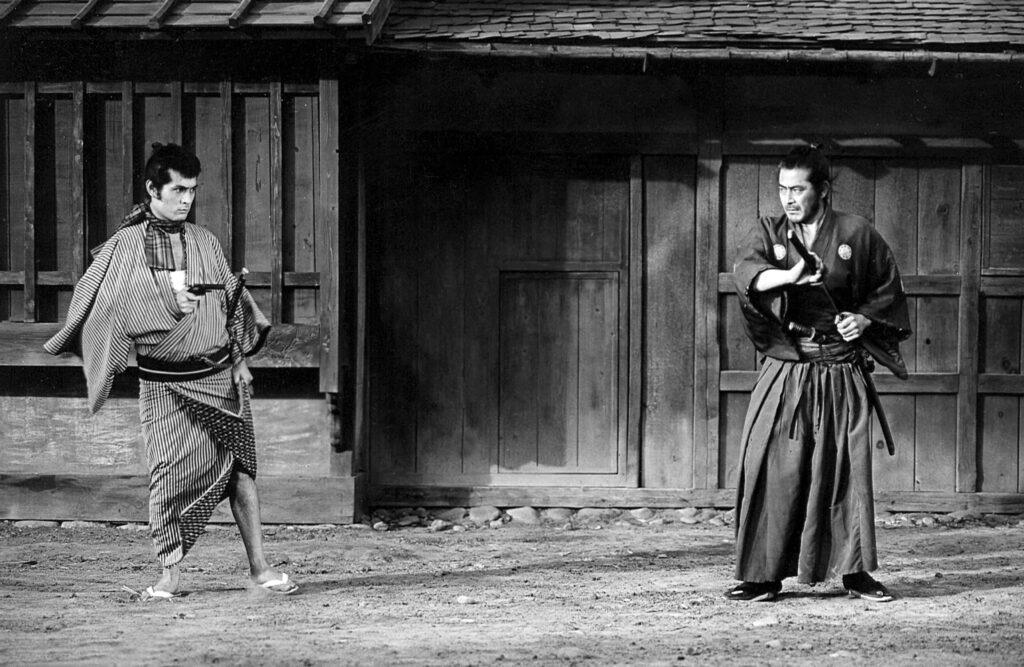TIFF Review: Dug Dug
Written by Ian Thomas Malone, Posted in Blog, Movie Reviews, Pop Culture
At first glance, the idea of the spirit of a car accident victim inhabiting the motorbike they died driving sounds like a pretty absurd thing to use as the foundation of a religion. Such a story isn’t all that fundamentally different from countless religious narratives. The stories in the Book of Genesis essentially require the same level of suspension of disbelief, the key difference being thousands of years of tradition doing just that.
The film Dug Dug transforms an unsuspecting dirt road in India into a place of religious pilgrimage. When a 40-year-old drunk named Thakur finds himself bisected in a brutal accident, the police confiscate his Dug-Dug branded motorcycle. Miraculously, the bike escapes custody and returns to the scene of the crime. Efforts by the police to detain the bike by chaining it in a jail cell fail to prevent its return the following morning, showcasing its divinity to the townsfolk.
Director Ritwik Pareek crafts a masterful satire that relishes its absurdities without ever feeling like it’s belittling people of faith. The sight of people offering bottles of alcohol to please the spirit of a drunk burnout is ripe with obvious parody, yet Pareek plays his narrative out with a straight face. Taking the story at face value, there is a clear miracle here, the motorcycle being as good a deity to worship as any.
Pareek’s script is absolutely delightful, supplying constant laughs. Perhaps most impressive is the fact that the 107-minute narrative largely operates without a human protagonist. Altaf Khan, Gaurav Soni, and Yogendra Singh show off their acting talents playing the lazy police officers tasked with managing the situation, but the motorcycle is really the driving force of the story. Pareek successfully pulls off the challenging feat of keeping his ideas at the centerpiece of the film without relying on a lead actor to channel the themes through.
A psychedelic billboard overlooking the road essentially acts as a supporting character, along with the fantastic score by Salvage Audio Collective. Pareek’s singular aesthetic helps hone the audience in on his fascination for the absurdity of faith, a gateway to the existential nature of God and religion. Dug Dug is both a farcical satire and a deeply serious contemplation of humanity’s greatest questions.
The narrative does hit some bumps in the third act, which could’ve cut a few scenes without missing a beat. Pareek knows when to ease up on the gags to get his point across, but the transition takes a little longer than it needed to. Dug Dug is a very impressive film, the kind of material you could show a true believer, not to poke fun at their faith, but to seek a deeper understanding of how these stories take such holds on entire cultures. However silly the motorcycle seems, the Bible has plenty of narratives that are no less absurd.





